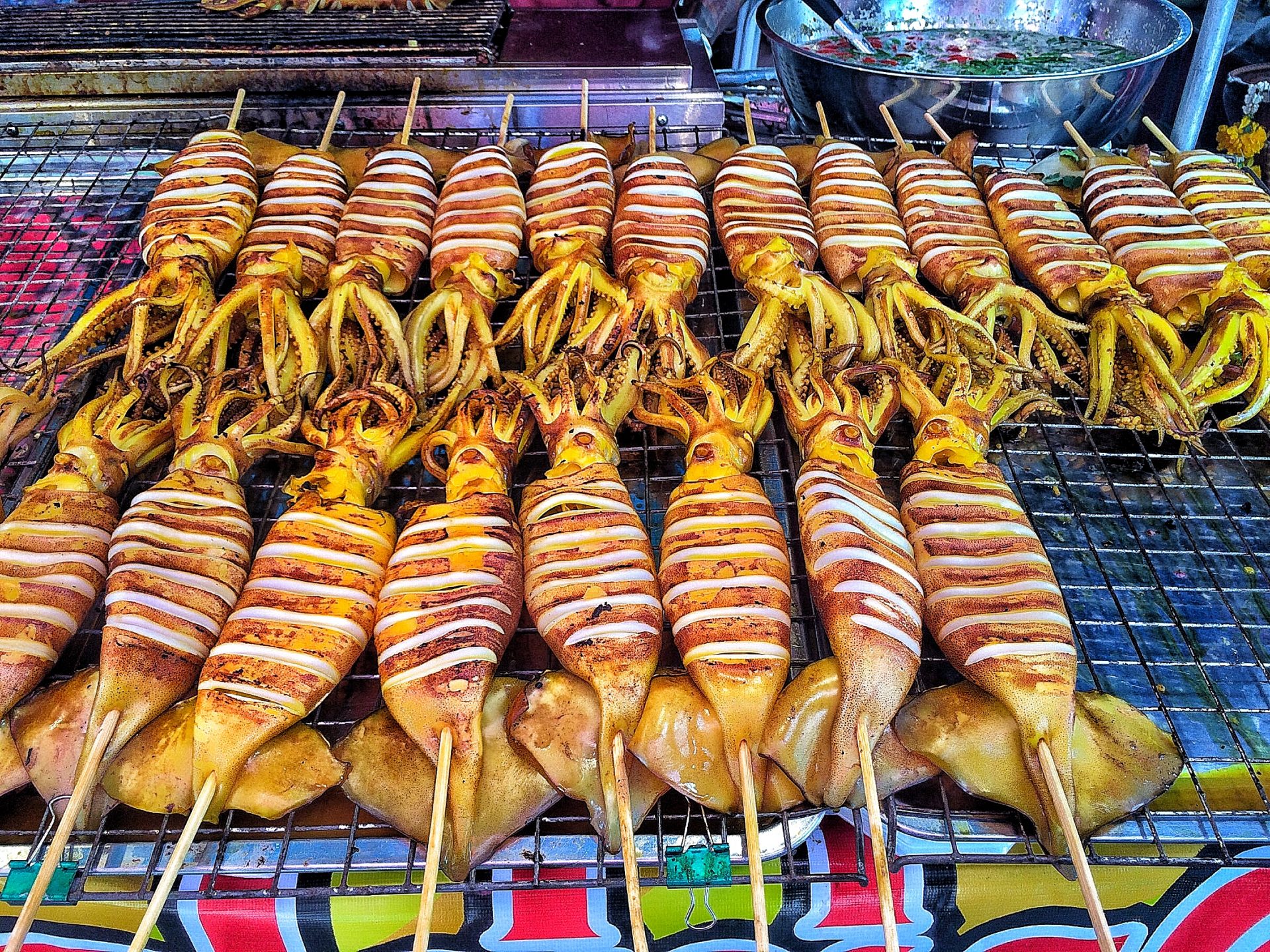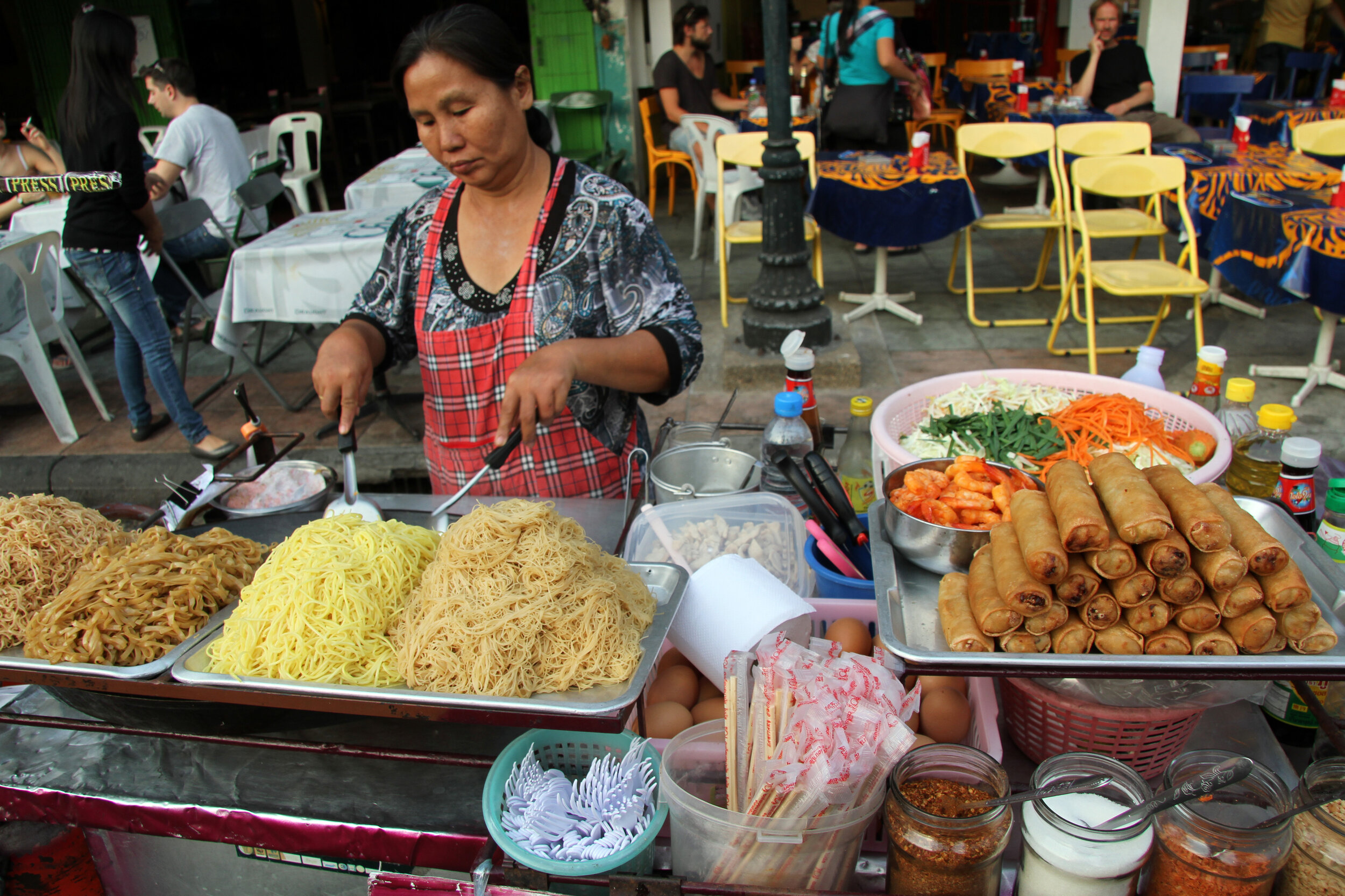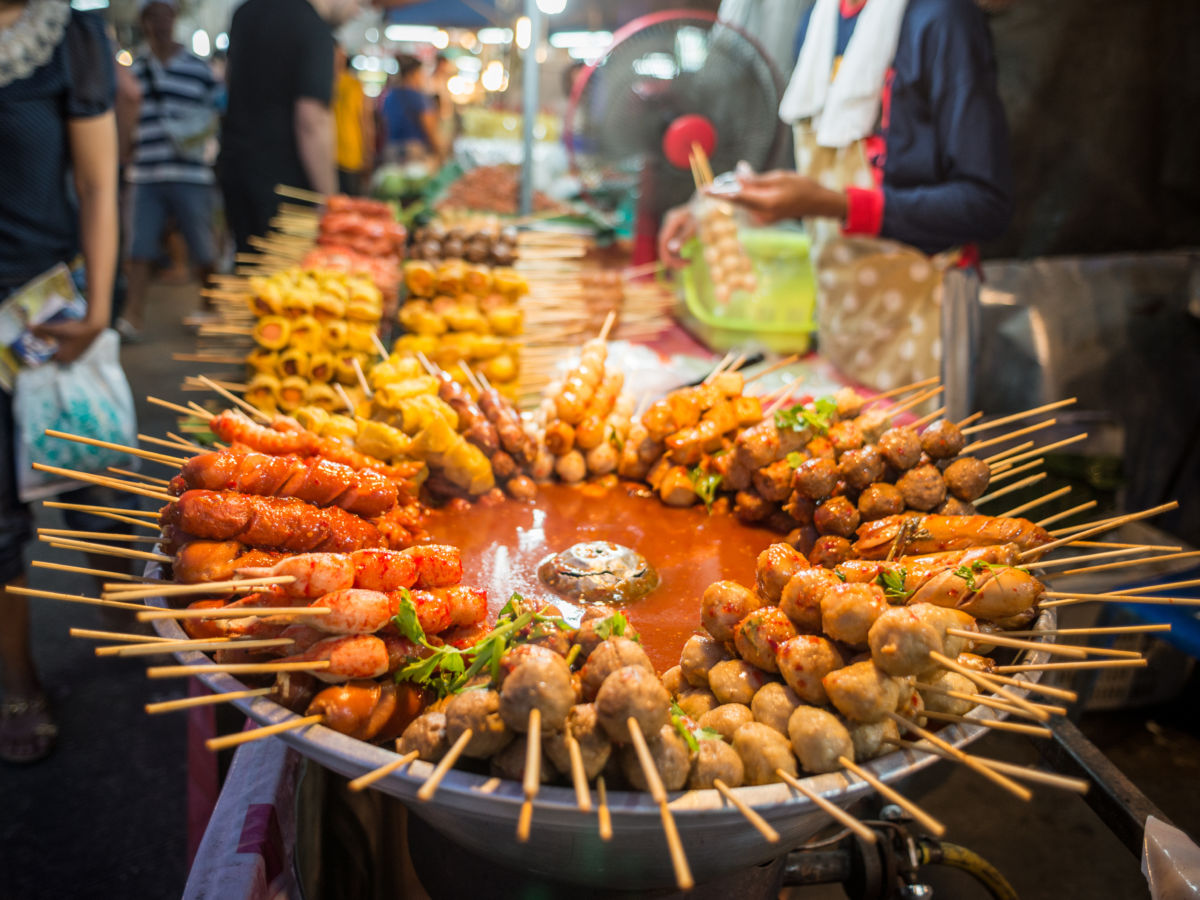Cultural Significance

Tai baribo, a traditional dance from the Nias Islands of Indonesia, holds immense cultural significance within the region. It is deeply embedded in the local traditions, ceremonies, and rituals, serving as a means of preserving cultural identity and expressing the community’s spiritual beliefs.
Tai Baribo, the indomitable activist, stood as a beacon of resistance against the oppressive forces that threatened her people. Her unwavering determination echoed through the annals of history, inspiring generations to come. Yet, the echoes of her struggle reverberated far beyond the borders of her homeland, reaching the shores of distant lands.
In the corridors of power, a family emerged whose own story mirrored that of Tai Baribo: the JD Vance family. Their journey, chronicled in an illuminating account , revealed the indomitable spirit that can overcome adversity and ignite the flame of change.
Tai Baribo’s legacy thus transcended time and geography, becoming a testament to the resilience of the human spirit.
Tai baribo is particularly associated with the Nias people’s animistic beliefs and their connection to the spirit world. It is performed during important ceremonies such as weddings, funerals, and harvest festivals, where it is believed to bring blessings, ward off evil spirits, and ensure the well-being of the community.
Symbolism and Beliefs
The dance itself is highly symbolic, with each movement and gesture representing specific meanings and beliefs. For instance, the dancers’ intricate hand and arm movements are said to mimic the flight of birds, symbolizing the journey of the soul after death. The use of colorful costumes and accessories further enhances the ritualistic nature of the dance.
Tai baribo is not merely a performance but a sacred act that connects the Nias people to their ancestors and the divine. It is a living tradition that continues to play a vital role in preserving the cultural heritage of the Nias Islands.
Tai Baribo, an enigmatic character from the annals of Indonesian history, has left an enduring mark on the nation’s cultural landscape. His unwavering spirit and unwavering commitment to justice are a testament to the power of the human will. Learn more about the extraordinary life and legacy of Tai Baribo here.
Historical Background: Tai Baribo

Tai Baribo, a traditional Indonesian dance from Aceh, has a rich and diverse history spanning centuries. Its origins can be traced back to the pre-Islamic era, where it was performed as part of animistic rituals and ceremonies.
During the Islamic period, Tai Baribo underwent significant transformations as it absorbed influences from Islamic culture and teachings. The dance became more structured and refined, with the incorporation of Islamic elements such as the use of the veil and the recitation of prayers.
Notable Figures and Events
Throughout its history, Tai Baribo has been influenced by various notable figures and events.
- Sultan Iskandar Muda (1607-1636): During his reign, Tai Baribo flourished as a court dance and was performed at important royal ceremonies.
- The Dutch colonial period (16th-19th centuries): The Dutch occupation had a significant impact on Tai Baribo, as the dance was banned for a time due to its perceived association with paganism. However, it continued to be practiced in secret by local communities.
- The Indonesian independence movement (20th century): Tai Baribo became a symbol of Acehnese identity and resistance against Dutch colonialism. It was performed at rallies and demonstrations, inspiring the people of Aceh in their struggle for independence.
Artistic Expression

Tai Baribo is a vibrant and diverse art form that encompasses a wide range of artistic mediums, including:
Visual Arts
Tai Baribo is commonly expressed through visual arts such as painting, drawing, and sculpture. Artists often depict scenes from everyday life, mythology, and religious beliefs, using vibrant colors and intricate patterns.
Notable tai baribo artists include:
- Matheus Pele, known for his large-scale paintings that capture the essence of rural life in Timor-Leste.
- Guilherme dos Santos, a sculptor who creates intricate wooden carvings inspired by traditional Timorese motifs.
Performing Arts
Tai Baribo is also incorporated into performing arts such as dance, music, and theater. Traditional dances, accompanied by live music, are often performed during festivals and cultural events.
Notable tai baribo performers include:
- Mariazinha Sarmento, a renowned dancer who has performed tai baribo internationally.
- Grupo Cultural Liurai, a theater group that incorporates tai baribo into their performances to showcase Timorese history and culture.
Textile Arts, Tai baribo
Tai Baribo is also expressed through textile arts, such as weaving and embroidery. Artisans create intricate fabrics and garments adorned with traditional patterns and motifs.
Notable tai baribo textile artists include:
- Lurdes Assunção, a weaver who has revived traditional weaving techniques and created contemporary designs.
- Maria de Lurdes da Silva, an embroiderer who creates exquisite pieces inspired by nature and Timorese culture.